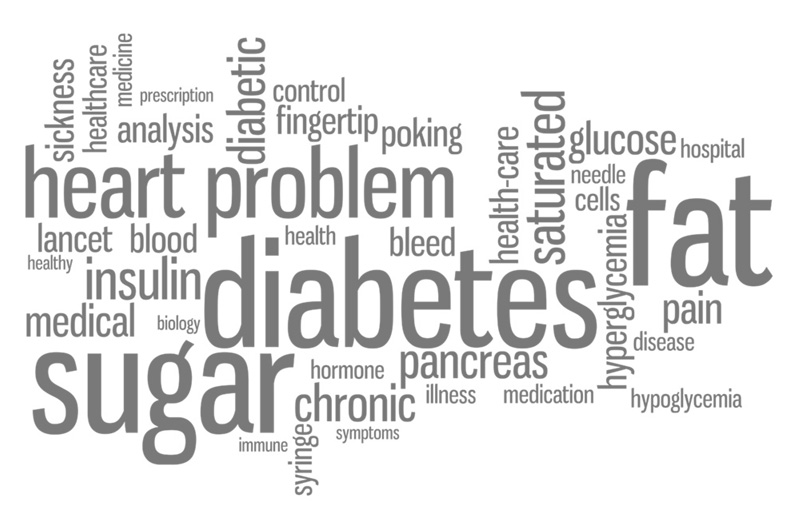The problem
By 2030, around 83.4 million people in the U.S. will suffer from three or more chronic diseases simultaneously
Patient’s chronic diseases management needs to evolve.
Chronic Diseases

Medical advances in the last two decades have led to significant improvements in the diagnosis and treatment of chronic diseases. However, due to several factors that include the dynamic nature of these conditions – e.g. Hypertension, Diabetes and Heart Failure – technologies for preventive care and efficient patient management are still limited.
In 2016, healthcare costs in the U.S. associated with chronic diseases such as heart failure, cardiac arrhythmias, cancer, diabetes, and Alzheimer yielded about $1.1 trillion [1]. Furthermore the expectation is that 83.4 million people in the U.S. will suffer from more than 2 chronic diseases by 2030 [2].
In Canada, chronic diseases cost the government about $190 billion yearly; of which $122 billion stem from indirect income and productivity losses as a result of disabilities and complications secondary to disease. These alarming figures account for about 58% of the annual health care spending in Canada [3].
[1] Hugh Waters, Marlon Graf, Milken Institute, The Cost of Chronic Disease in the US. August 2018.
[2] Aapo L. Aro and Sumeet S. Chugh, Epidemiology and global burden of arrhythmias. Oxford University Press. Dec 2018
[3] Public Health Agency of Canada. Backgrounder: United Nations NCD Summit 2011.
Atrial Fibrillation

Hemorrhagic stroke is often a consequence of Atrial Fibrillation
At Sensing Health Technologies our initial focus is on atrial fibrillation (AF), since it is the most common cardiac arrhythmia worldwide – affecting more than 33.5 million people [4].
Approximately 2-3% of the population in North America and Europe suffer from AF [5]. However, this percent is potentially higher owing to likelihood of a large number of undiagnosed cases.
Failure to diagnose and inadequate management of AF are factors leading to poor quality of life, increased risk of stroke, heart failure and often death. In addition, the costs of patient treatments/medications and the need for medical assistance increase with complications – having a negative impact in the budget and clinical workflow burden of the Healthcare System. A recent publication in the Canadian Journal of Cardiology shows that the costs of hospitalization associated with AF complications is about $6 billion USD in the United States, and an average of $4,735 per patient per 5-days of hospitalization in Canada [6].
AF detection using wearable sensors is a well-developed and commercially available technology; however, diagnosis/prognosis and management are clinical areas that still require further development. There is a clear need for a low-cost end to end platform targeting efficient AF monitoring and management. At Sensing Health our goal is to develop smart technologies to enable doctors and patients to make informed decisions and interact anytime and anywhere.
[4] Chugh SS, Havmoeller R, Narayanan K, Singh D, Rienstra M, Benjamin EJ, Gillum RF, Kim YH, McAnulty JH Jr, Zheng ZJ, Forouzanfar MH, Naghavi M, Mensah GA, Ezzati M, Murray CJ. Worldwide epidemiology of atrial fibrillation: a Global Burden of Disease 2010 Study. Circulation 2014;129:837–47
[5] Friberg L, Bergfeldt L. Atrial fibrillation prevalence revisited. J Intern Med 2013;274:461–8.
[6] Dorian, P. “Show Me the Money”: The Cost of Atrial Fibrillation. Canadian Journal of Cardiology 27 (2011) 401-403.
